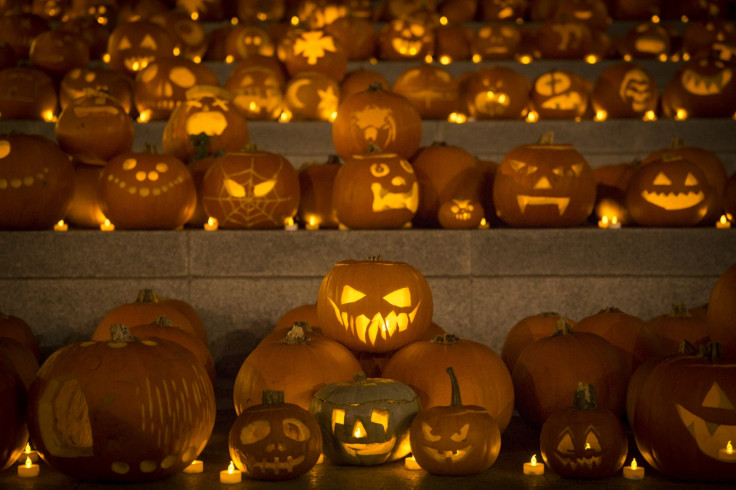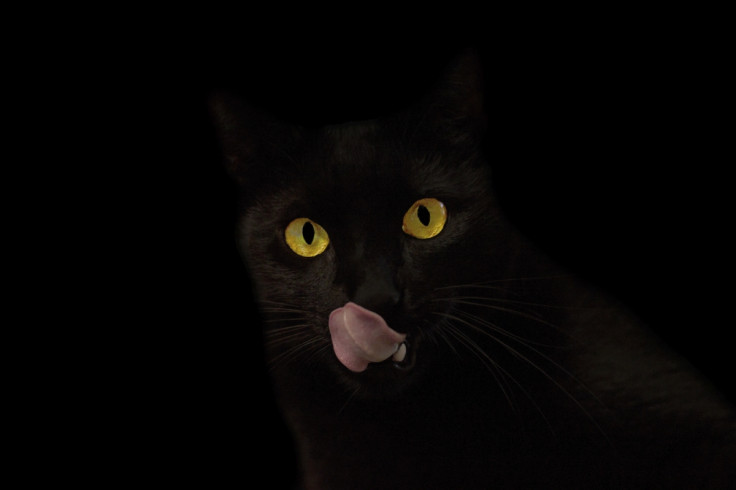Halloween 2016: Where did pumpkin carving and trick or treating come from?
Many Halloween traditions, myths and superstitions date back centuries.

Halloween is a time when children dress up in costume and traipse from door-to-door begging for sweets, in one of the enduring traditions known as 'trick or treating'. Like many of our modern-day traditions, myths and legends associated with Halloween – from witches and black cats to apple bobbing – trick or treating dates back hundreds of years.
Trick or treating
The tradition of 'mumming', which involved going door-to-door in costume and performing scenes from plays for food and drink, dates back to the Middle Ages.
Trick or treating also has Celtic links. During Samhain – a Gaelic festival marking the end of the harvest season – it was believed the veil between our world and the spirit world was thinnest, so spirits of the deceased could walk among the living.
According to the superstitition, visiting ghosts could disguise themselves as humans and knock on your door to ask for money or food. If you turned them away empty handed, you risked being cursed.
Trick or treating gained popularity in the US after its introduction by Irish immigrants at the start of the 20th century.

Jack O'Lanterns
Carving vegetables to use as lamps has been ancient practice for thousands of years. The association with Halloween dates back to the 19th Century, when the lanterns were placed in windows to ward off evil.
The tradition also has roots in Celtic mythology. According to Irish folklore, a man called Jack O'Lantern was sentenced to roam the earth for eternity after a deal with the devil backfired. Walking the streets at night, O'Lantern was said to have carried a carved-out turnip with a burning coal inside to light his way.
Black cats
Black cats are one of the many symbols of Halloween. In mainland Europe, black cats were considered bad luck and associated with witchcraft, a superstation dating back to the Middle Ages, when witches were actively hunted.

Halloween colours
Traditional Halloween colours come from the pagan celebration of autumn and the harvest. Orange symbolises crops and the changing colours of the leaves, while black represents the end of summer and the spirits associated with All Hallow's Day.
Apple bobbing
This tradition dates back to Roman times. The Roman occupation of the Celts introduced the tradition of Feralia, a day celebrated in late October by the Romans for the passing of the dead. The festival also celebrated the Roman goddess Pomona, the goddess of fruit, whose symbol was an apple. This is believed to be the origin for the tradition of bobbing for apples on Halloween.
© Copyright IBTimes 2025. All rights reserved.





















